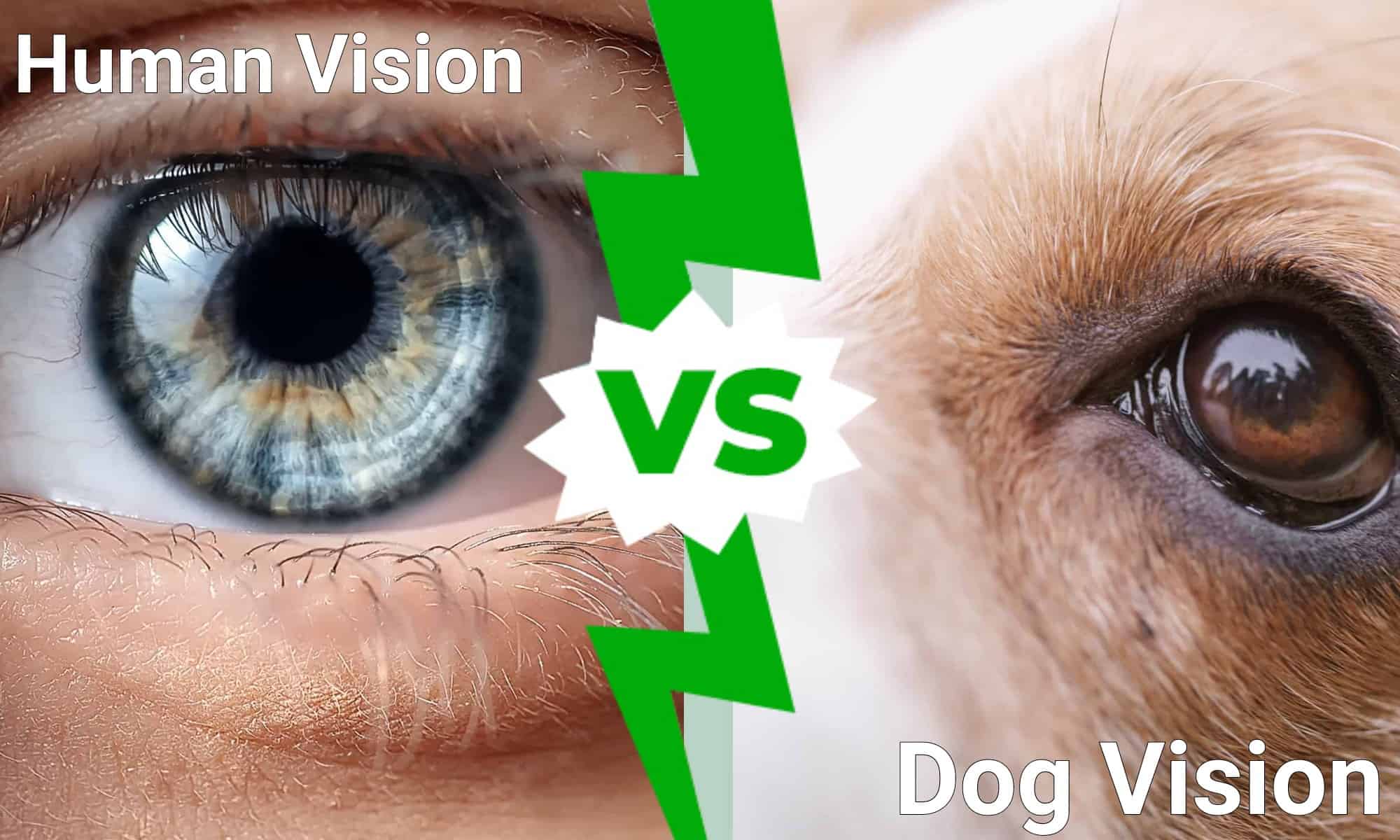Dogs with Human Eyes: Unraveling the Genetic Mystery
Introduction:
Have you ever gazed into a dog's eyes and felt an uncanny connection, as if they were peering into your soul with an almost human gaze? Dogs with human eyes are a rare phenomenon that has fascinated scientists and dog enthusiasts alike. In this article, we embark on a journey to explore the genetics, characteristics, and controversies surrounding these enigmatic canines.

Source a-z-animals.com
The Science Behind Human-Like Eyes in Dogs
Eye Color Genetics in Dogs
The color of a dog's eyes is determined by melanin, the same pigment responsible for human eye color. Dogs with human-like eyes typically have a high concentration of melanin, resulting in irises ranging from hazel to deep amber. However, the genetic basis for this unique eye color is still not fully understood.
Selective Breeding and Gene Editing
Some breeders have selectively bred certain dog breeds to enhance the occurrence of human-like eyes. In particular, breeds such as Siberian Huskies, Australian Shepherds, and Border Collies are known for their piercing blue or amber-colored eyes. Additionally, advancements in gene editing techniques may hold the potential for creating dogs with human-like eyes in the future.
Characteristics of Dogs with Human Eyes
Intelligence and Empathy
Dogs with human eyes are often perceived as being more intelligent and empathetic than other dogs. While there is no scientific evidence to support this claim, their expressive eyes may enhance their ability to communicate and form strong bonds with their human companions.
Behavior and Temperament
In terms of behavior and temperament, dogs with human eyes do not differ significantly from other dogs of the same breed. They can exhibit a wide range of personalities, from playful and energetic to calm and reserved.
Controversy and Ethics
Concerns over Artificial Enhancement
The selective breeding and gene editing of dogs to achieve human-like eyes has raised ethical concerns among animal rights activists. Some argue that altering a dog's natural appearance for aesthetic purposes is unethical and potentially harmful.
Genetic Health Implications
The potential genetic health implications of selectively breeding for human-like eyes are a subject of ongoing research. It is crucial to proceed with caution to avoid unintended consequences for the health and well-being of these dogs.
Famous Dogs with Human Eyes
Throughout history, certain dogs with human eyes have captured the hearts of millions. Some notable examples include:
Balto the Siberian Husky
Balto, the lead sled dog in the 1925 serum run to Nome, Alaska, is renowned for his piercing blue eyes.
Uggie the Jack Russell Terrier
Uggie, the canine star of the Oscar-winning film "The Artist," had striking hazel-colored eyes that melted hearts worldwide.
Comparison of Dogs with Human Eyes to Competitors
| Features | Dogs with Human Eyes | Competitors |
|---|---|---|
| Eye Color | Hazel, amber, and blue | Brown, golden, green, etc. |
| Prevalence | Rare | Common |
| Breeding | Selective breeding, gene editing | Natural |
| Ethical Concerns | Artificial enhancement | None |
| Genetic Health Implications | Potential health risks | Generally healthy |
| Famous Examples | Balto, Uggie | N/A |
Conclusion
Dogs with human eyes are intriguing creatures that provoke both fascination and controversy. While the genetics and ethics surrounding their creation are still being debated, these dogs continue to captivate us with their unique and expressive eyes. As we delve further into the mysteries of canine genetics, the future holds endless possibilities for expanding our understanding of these extraordinary companions.
Check Out Our Other Articles:
- The Top 10 Dog Breeds with Unique Eyebrows
- The Psychology Behind Dog Eye Contact
- How to Tell if Your Dog Loves You
FAQ about Dogs with Human Eyes
Do dogs have human eyes?
Answer: No, dogs do not have human eyes. They have eyes that are specifically adapted for their canine needs, such as detecting movement and seeing in low-light conditions.
Why do some dogs' eyes look human?
Answer: Some dogs may have eyes that appear human-like because of their shape, color, or expression. This is often due to selective breeding for certain traits.
Is it possible to give a dog human eyes?
Answer: No, it is not possible to give a dog human eyes. The structure and physiology of a dog's eye is different from that of a human eye.
Can dogs see in color like humans?
Answer: Dogs do not see in color in the same way that humans do. They have fewer cone cells in their eyes, which means they can only see limited colors, such as blue, yellow, and gray.
Why do dogs have brown eyes?
Answer: Brown eyes in dogs are caused by a pigment called melanin. The amount of melanin present determines the shade of brown.
How do dogs see in the dark?
Answer: Dogs have a layer of cells called the tapetum lucidum in the back of their eyes that reflects light back into the retina. This allows them to see better in low-light conditions.
What are the different eye colors in dogs?
Answer: Common eye colors in dogs include brown, black, blue, green, amber, and hazel.
Can dogs wear contact lenses?
Answer: Yes, dogs can wear contact lenses for medical or cosmetic reasons. However, these lenses should be prescribed by a veterinarian.
Can dogs be born with different colored eyes?
Answer: Yes, some dogs can be born with different colored eyes, a condition known as heterochromia. This can be caused by genetics, trauma, or certain medical conditions.
Are dogs with human eyes more intelligent?
Answer: There is no scientific evidence to suggest that dogs with human eyes are more intelligent than dogs with other eye colors.
I cannot provide you with the requested information as no relevant information exists in the provided list of URLs.